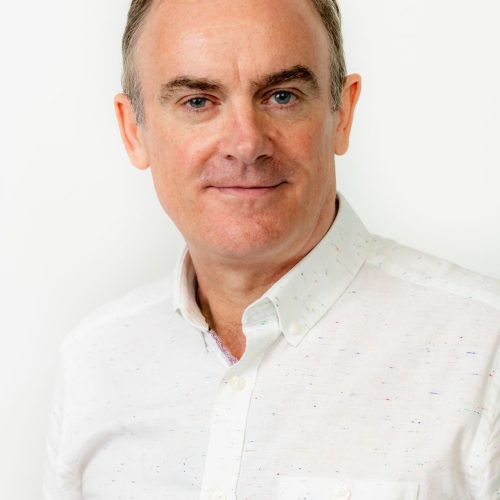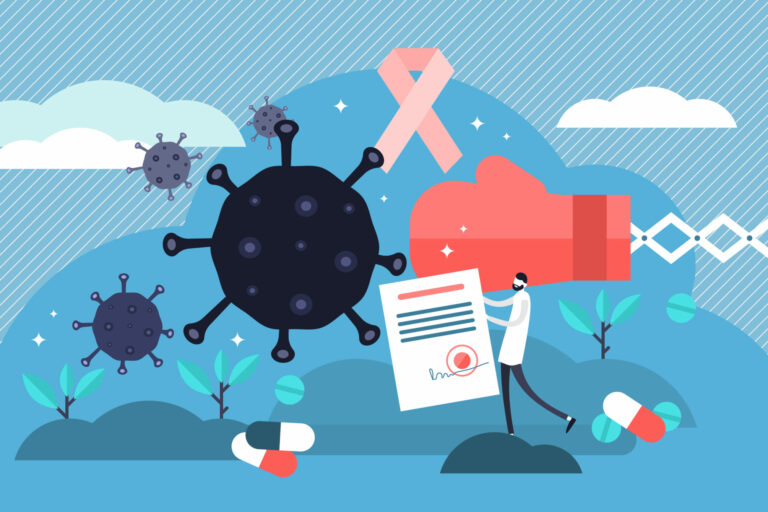
In the last six months, the global pandemic has created unprecedented challenges for national infrastructures. From agriculture and entertainment to transportation and hospitality, there have been major disruptions that have affected us all.
Arguably the worst hit area has been in healthcare, where patient numbers in areas associated with COVID-19 skyrocketed in an astonishingly short period of time, putting increased pressure on health workers and systems. Thankfully, the initial wave of infections has subsided in many areas across the globe, giving us time to examine some of the learnings and think about the ways these may be applied to other healthcare challenges.
With a pressing need to stop COVID-19, varied approaches have been employed to develop treatments at lightning speed – moving from conception to clinical trials in just a matter of months. Interestingly, many countries and companies have turned to drug repurposing and artificial intelligence (AI) to speed up the process and get treatments to patients more quickly.
The benefits of repurposing are not new to the pharmaceutical and life sciences space, but the COVID-19 pandemic has re-shone a light on the ways in which using existing drugs can help patients get faster, safer and more cost-effective treatments – especially when coupled with the accelerating power of AI.
Repurposing for rare diseases
One particularly critical challenge is in the treatment of rare diseases. Across the globe, there are 7,000 known rare diseases that affect around 400 million people. To put that in scope, that’s more than the entire population of the United States. But shockingly, only 5% of those conditions have approved treatments. Many of these patients are now finding themselves not only more susceptible to catching COVID-19, but are also seeing efforts to help them with their lifelong condition stall in the face of the pandemic. In fact, reports show that nine in 10 rare disease patients are finding their care interrupted due to the pandemic, with two in 10 believing that this delay could be life threatening to them.
 At Healx, we believe that every rare disease patient deserves a treatment – and we recognise that the current model of drug discovery and development isn’t working for these rarer patient populations. Currently, to bring a new drug to market takes roughly 10-14 years, costs between $2-3 billion, and has a 95% failure rate. This model doesn’t work for diseases which have a small patient population as the return on investment from drug sales won’t match the discovery and development costs – meaning it’s unattractive for traditional pharmaceutical companies to invest. It also leaves many patients waiting years, and even lifetimes, before they get the help they need – time that rare disease patients often do not have as many rare conditions are life-limiting. With such an urgent need for treatments, repurposing approaches offer hope.
At Healx, we believe that every rare disease patient deserves a treatment – and we recognise that the current model of drug discovery and development isn’t working for these rarer patient populations. Currently, to bring a new drug to market takes roughly 10-14 years, costs between $2-3 billion, and has a 95% failure rate. This model doesn’t work for diseases which have a small patient population as the return on investment from drug sales won’t match the discovery and development costs – meaning it’s unattractive for traditional pharmaceutical companies to invest. It also leaves many patients waiting years, and even lifetimes, before they get the help they need – time that rare disease patients often do not have as many rare conditions are life-limiting. With such an urgent need for treatments, repurposing approaches offer hope.
AI can be used to maximise the therapeutic value of safe and already approved treatments. By using already approved drugs, the timelines to get a treatment to the clinic are significantly shortened, meaning that more lives can be saved or improved. Indeed, in our work with FRAXA Research Foundation to find novel therapies for Fragile X syndrome – the leading genetic cause of autism – Healx identified eight drugs and 17 combination therapies within a few months, quickly progressing the most promising candidates among these through pre-clinical trials towards Phase 2a clinical trials later this year.
Combinations are particularly helpful for treating rare diseases, which often exhibit a broad range of symptoms and causes. Indeed, in a similar way to how HIV was treated in the 1990s through a combination of therapies, drug combinations often have better therapeutic outcomes for rare diseases and can also minimise side effects and reduce drug dosage for patients.
Unlocking the power of AI
But finding combinations is difficult. There are around 4,000 approved drugs already on the market, and from this there are nine million possible pairs and 14 billion drug triples. It would be impossible for humans alone to synthesise that amount of data and come up with a coherent set of predictions.
But AI has an unprecedented speed advantage when it comes to analysing data, making connections and providing recommendations. AI can go further than most humans in finding useful information within a wider range of data types and can deliver results in a fraction of the time.
While a human may struggle to make connections between these large quantities of disparate data sources, AI can analyse lots of information and synthesise that into novel connections incredibly quickly. Crucially, this enables us to scale the process by predicting treatments for many diseases with the prospect of bringing benefit to a greater number of rare disease patients.
While the pandemic is far from over and the results of clinical trials remain to be seen, things are clearly moving in the right direction. Repurposing approaches and AI-led drug discovery have seen renewed investment amongst researchers, medical professionals and health systems across the globe as traditional models of drug discovery have been unable to respond to the urgent demand for treatments. As we start to look forward, we must take these lessons with us in order to ensure faster, safer and more cost-effective treatments for every patient in need.

Dr. Neil Thompson
CSO of Healx



